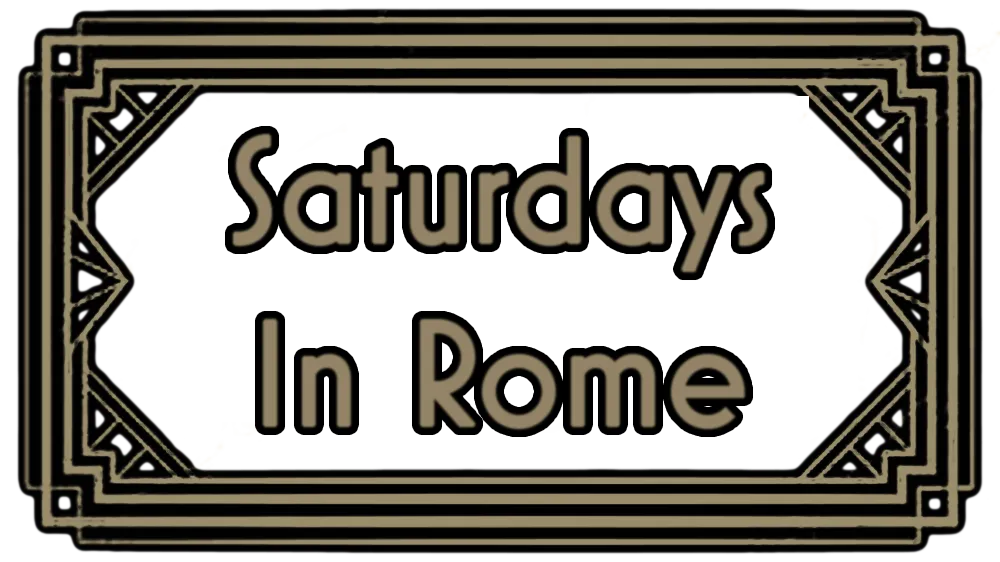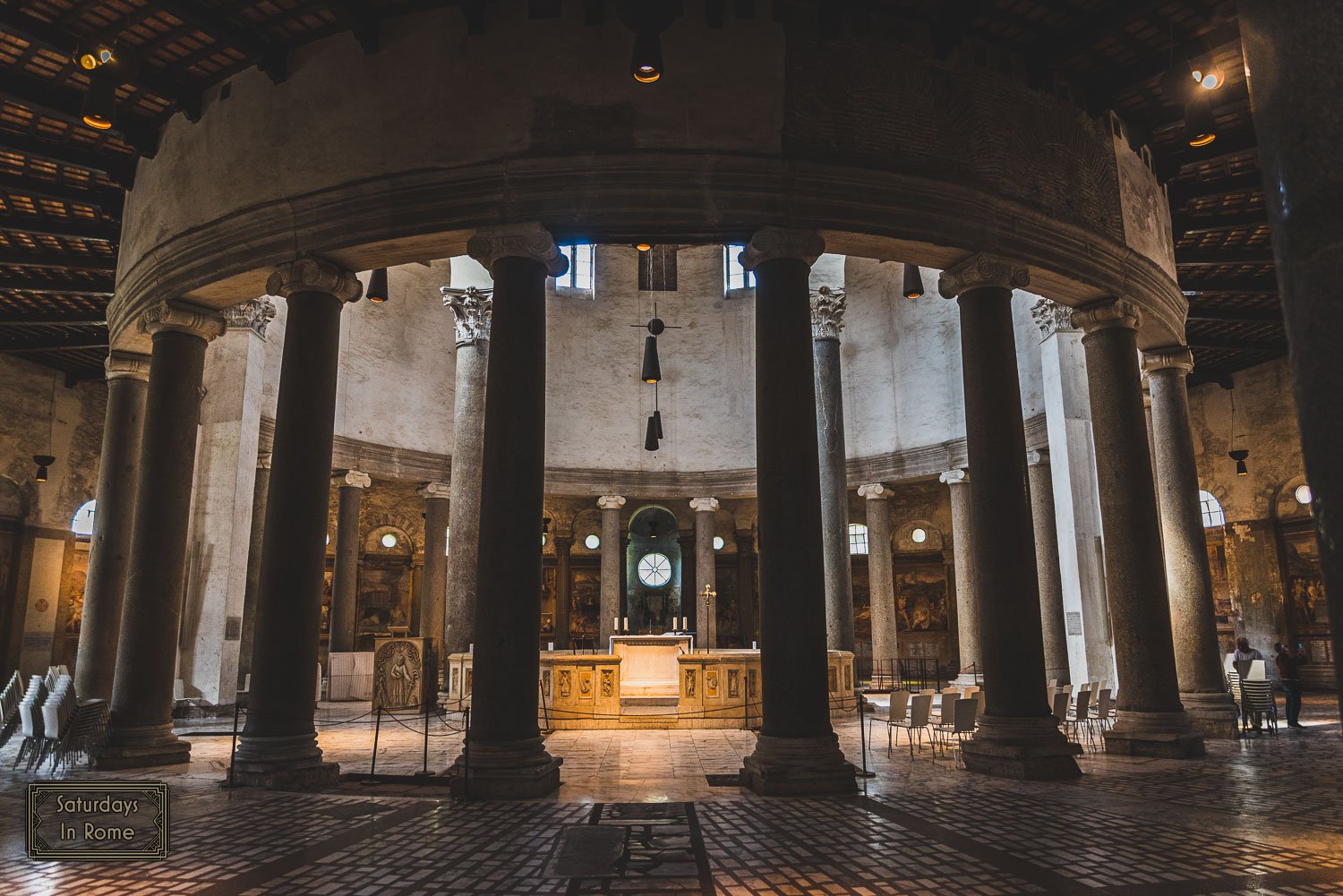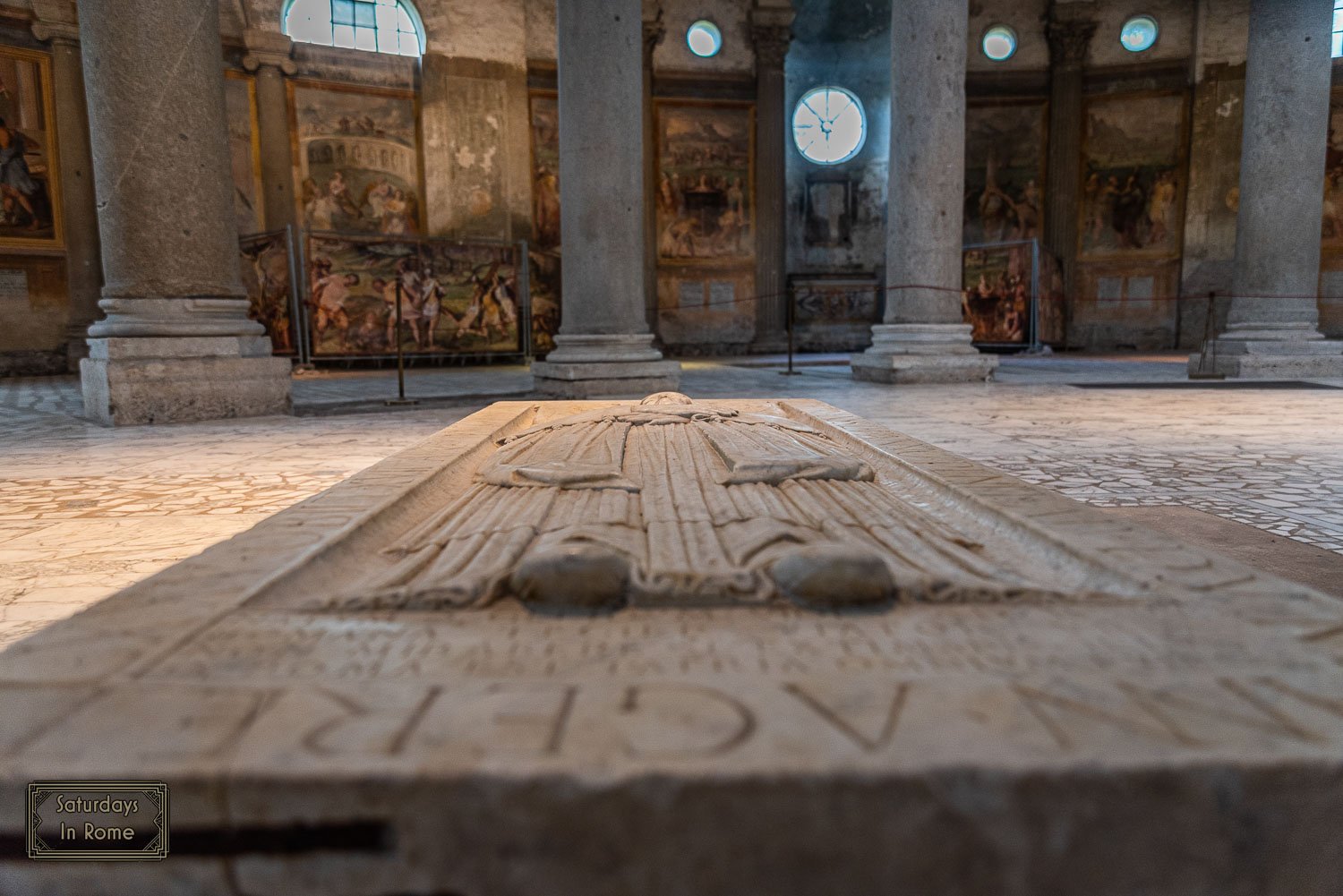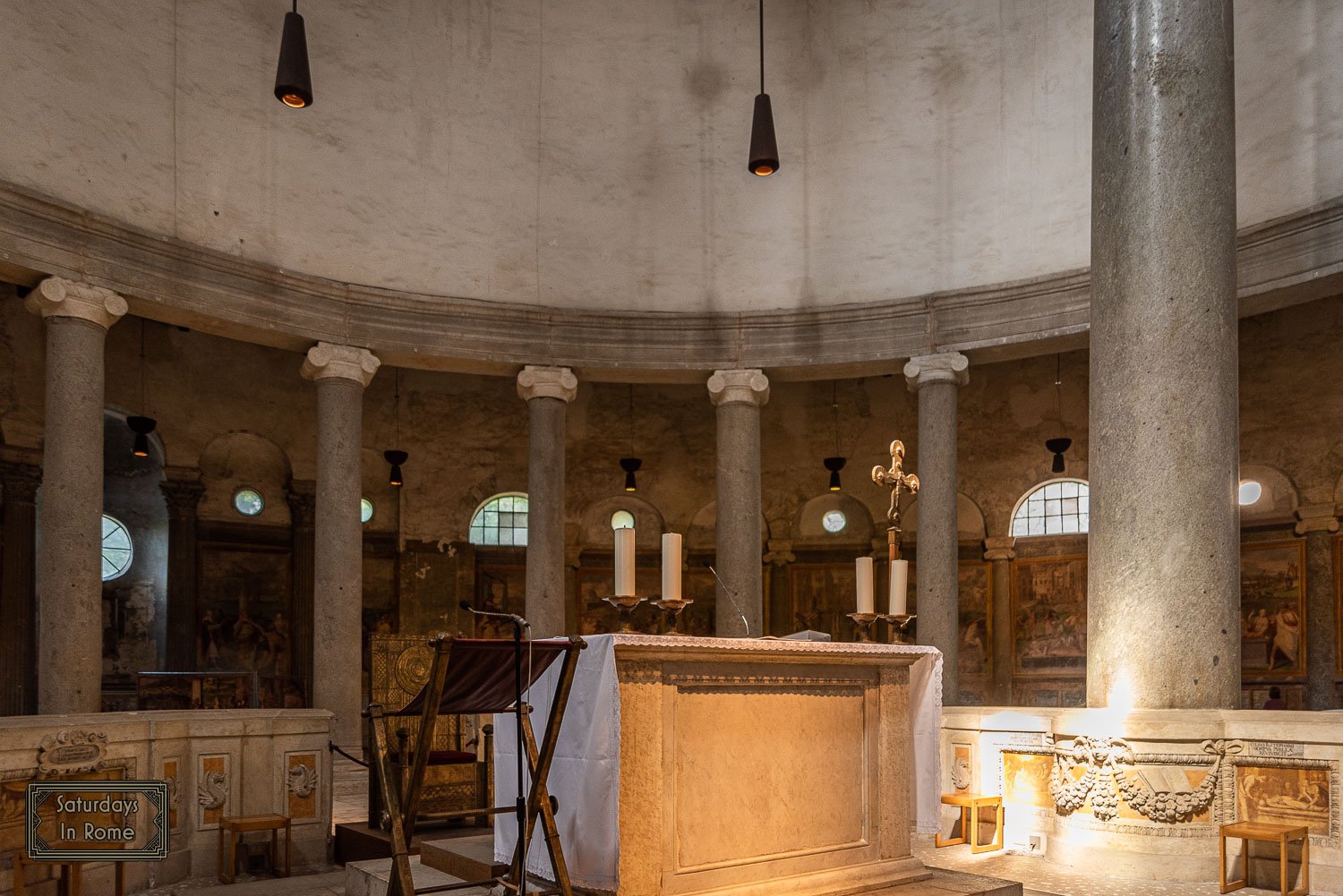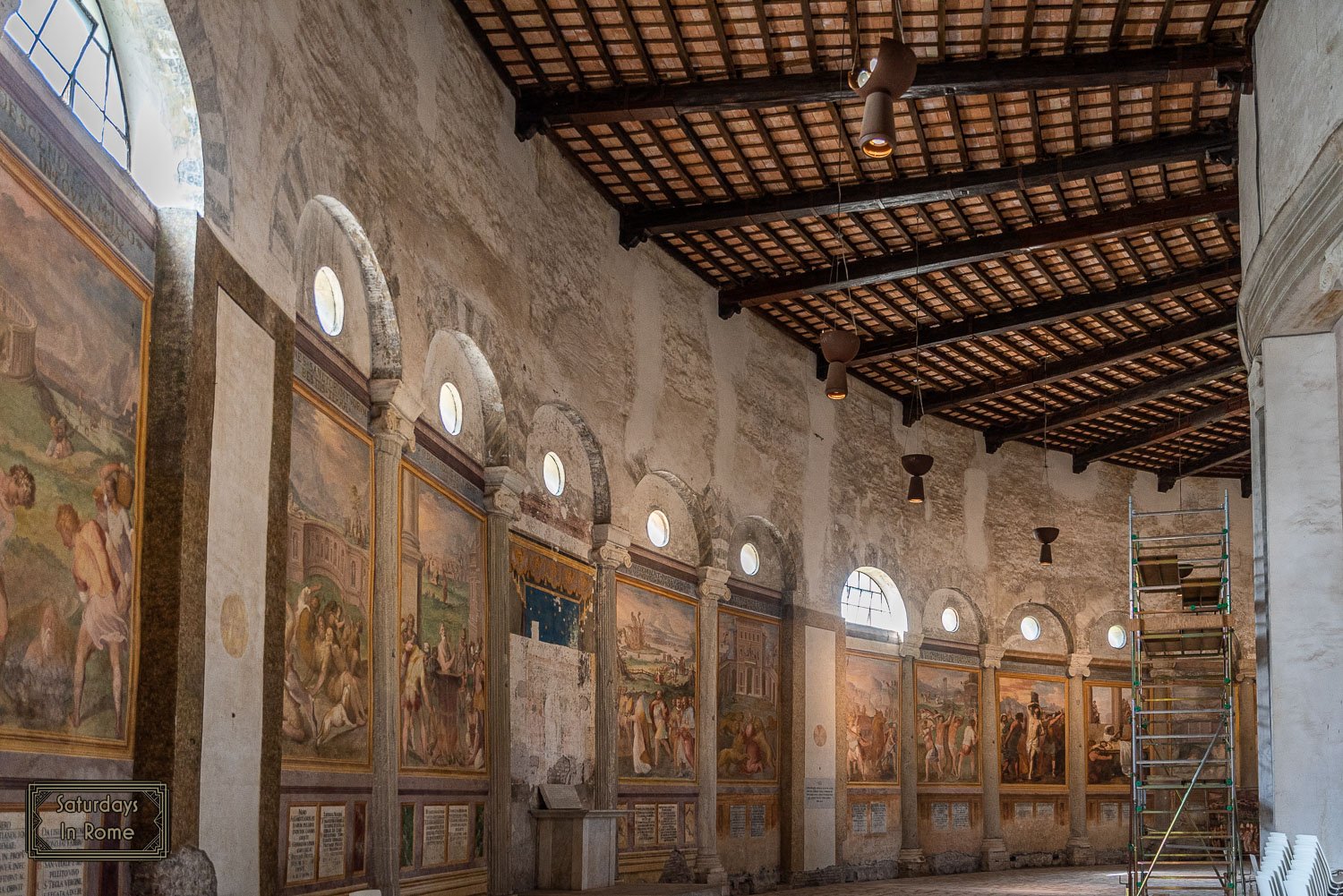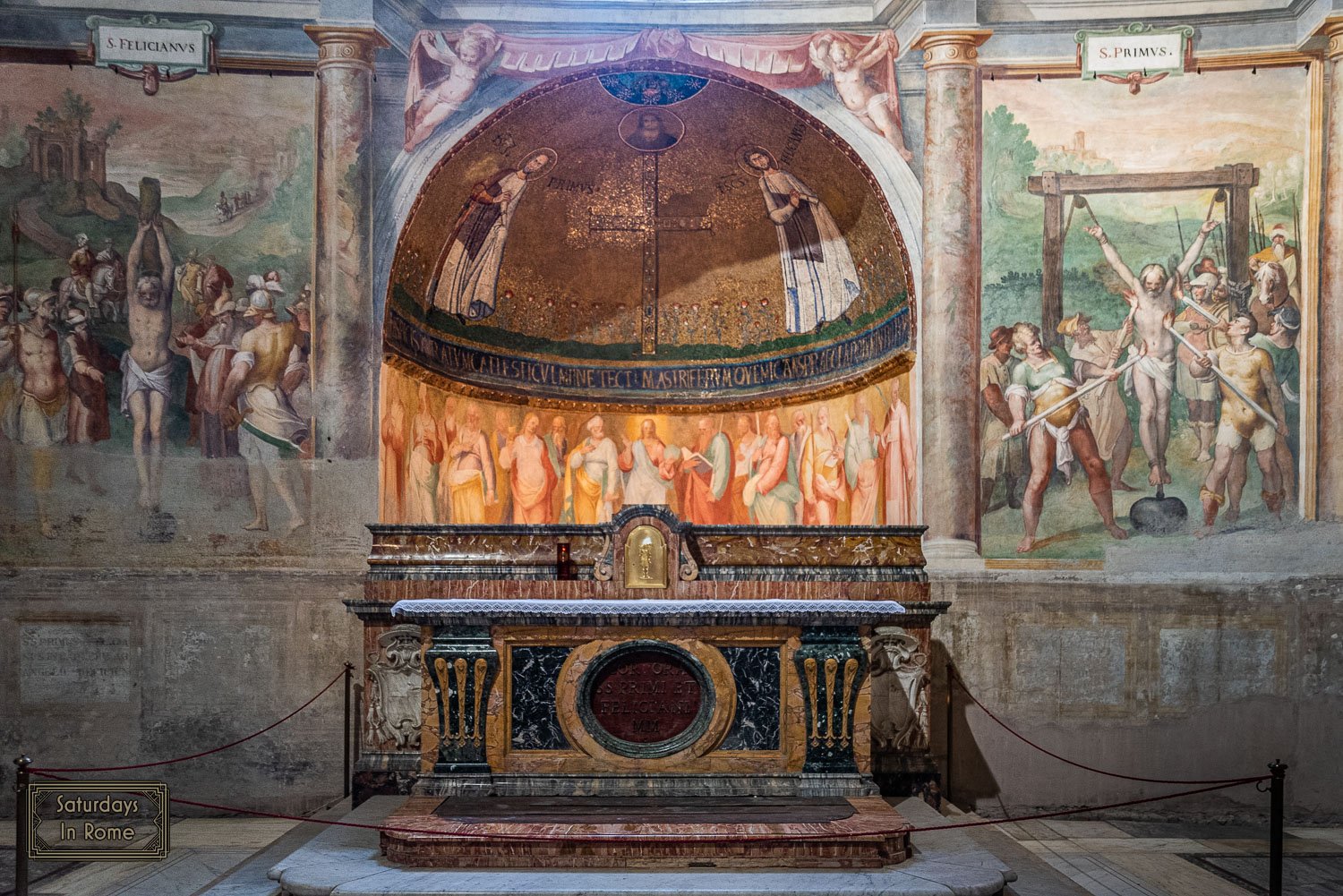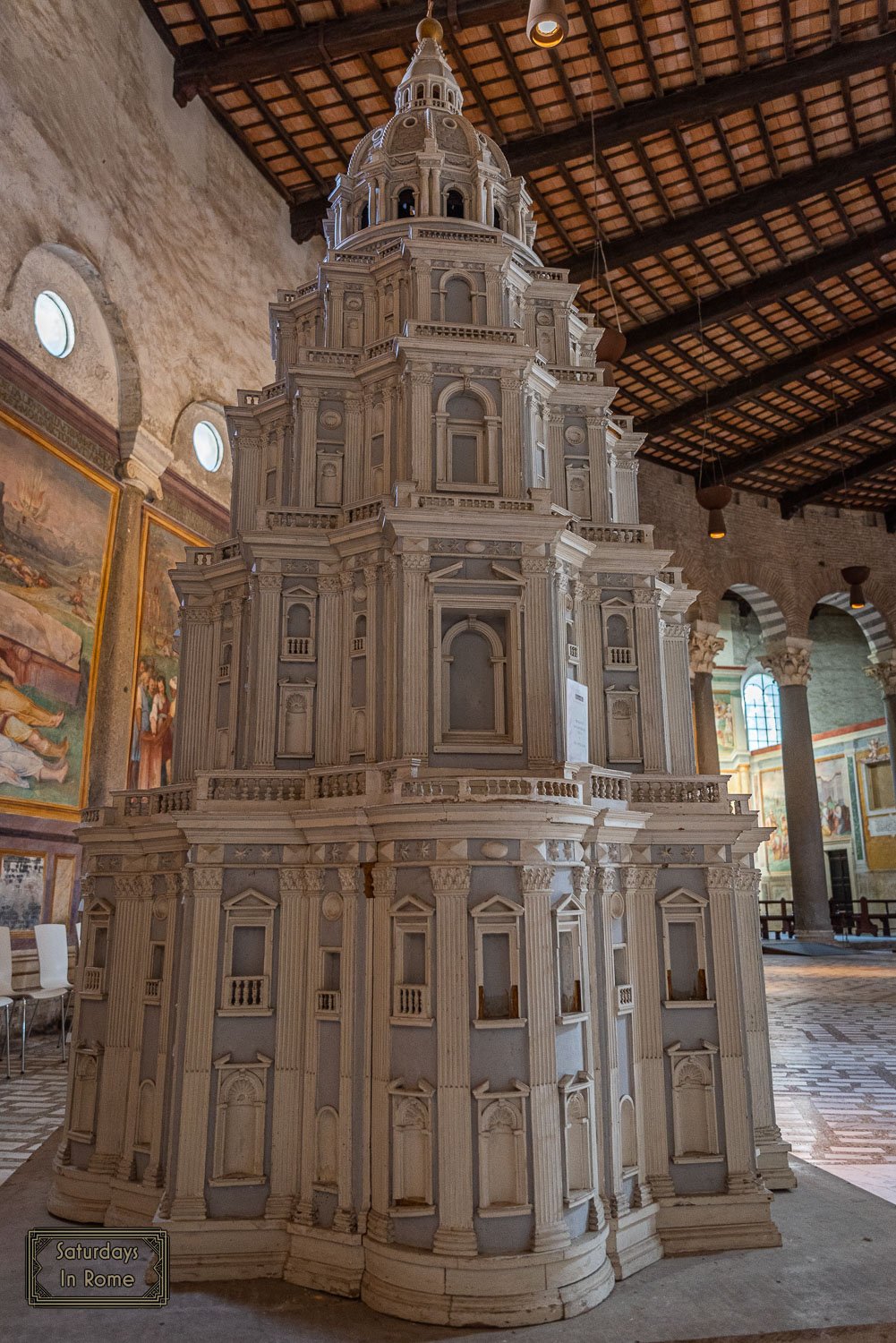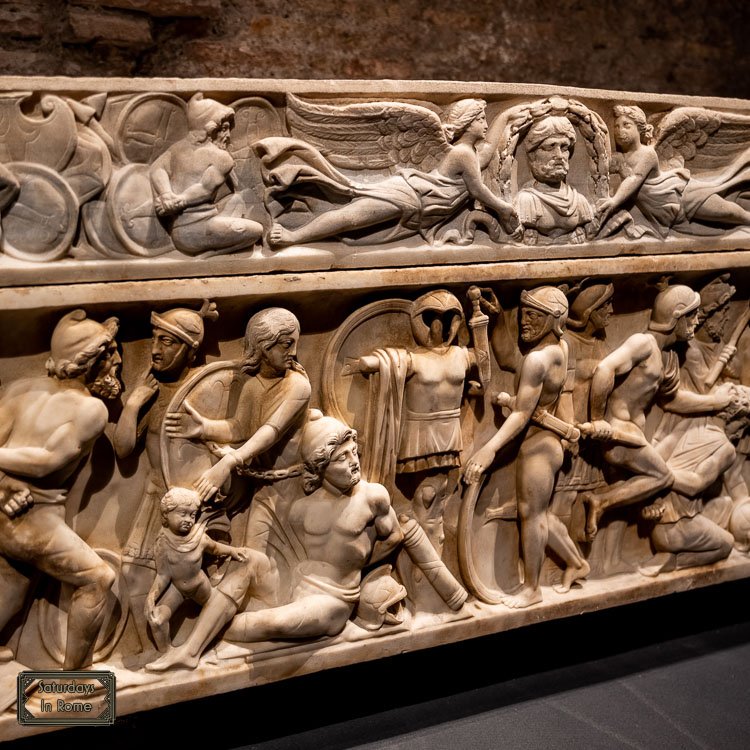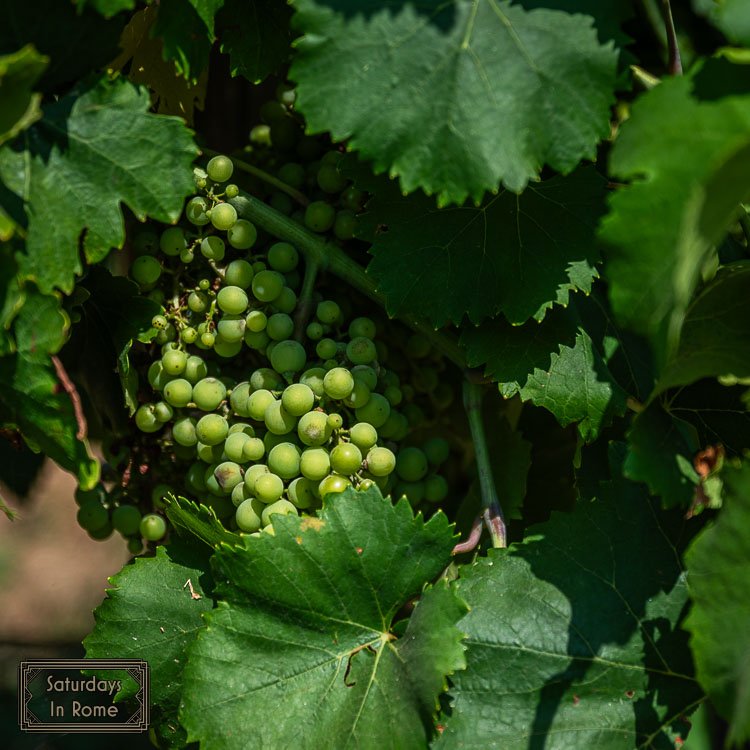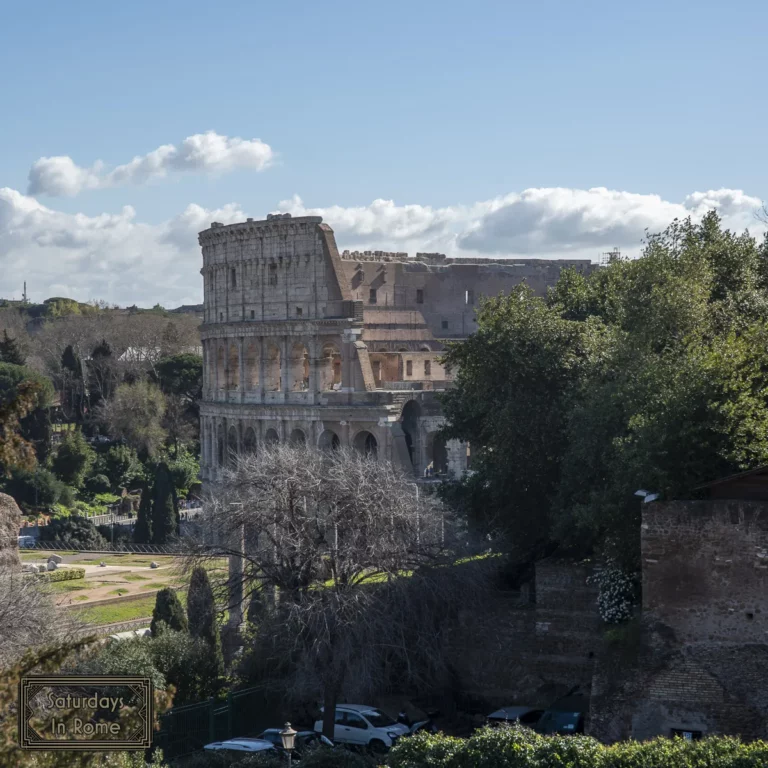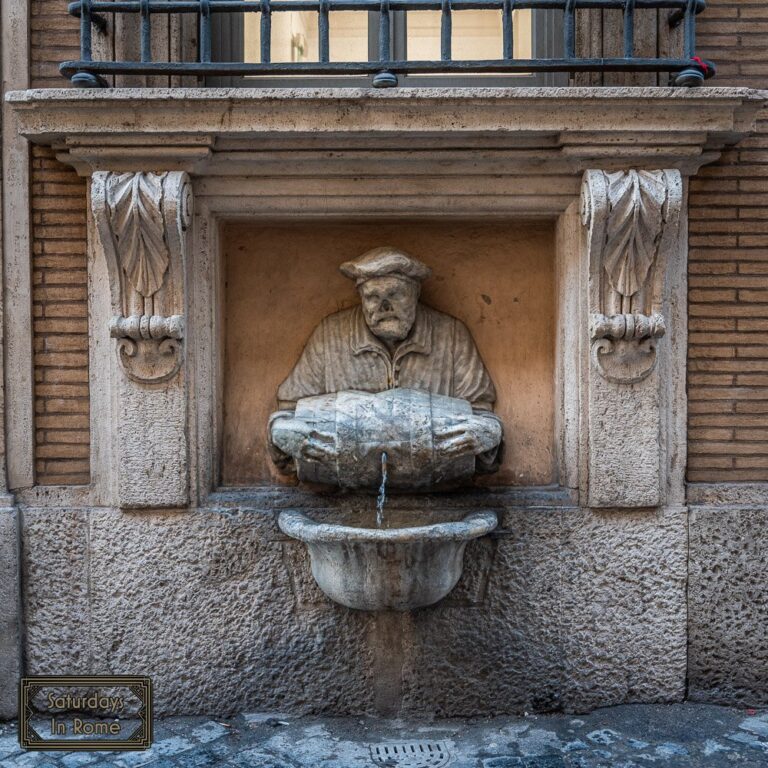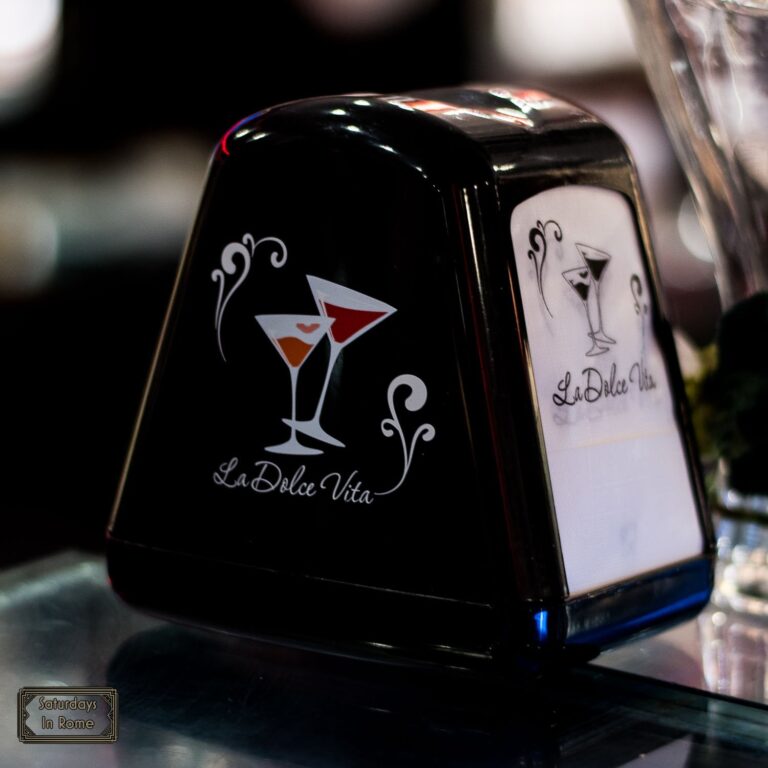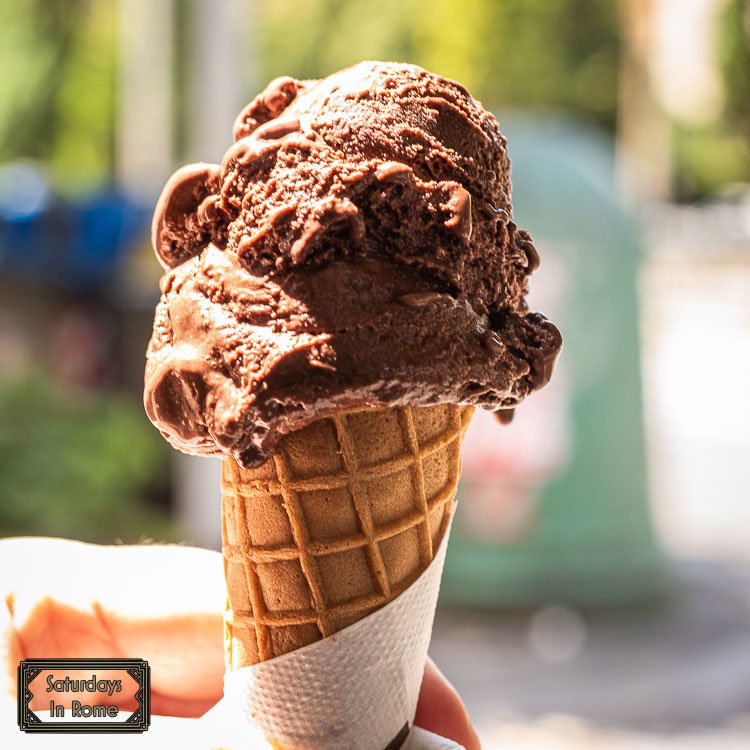The Santo Stefano Rotondo Church In Rome Must Be Seen
The Santo Stefano Rotondo church in Rome is only a few steps from the Colosseum and worth a visit to see the amazing architecture and the dramatic frescoes.
The Basilica of Santo Stefano Rotundo
It was built in the 5th century, it has changed names over the centuries and since its construction it has been the headquarters of the namesake Cardinal. In the 16th century, the Pontifical Germanic-Hungarian College took over management of the church and it is now the national church of Hungary.
Need Help Planning?
- Cheap Flights: Find The Most Affordable Flights.
- Accommodations: From 1 to 5 Stars And More.
- Car Rentals: Affordable Travel Across Italy.
- Sightseeing Tours: Explore Some Amazing Tours.
- Buying An eSIM: Stay Connected In Italy.
This post includes affiliate links.
Another Hidden Gem In Rome
I enjoy finding these hidden gems when I travel around Rome because it adds so much more depth to my understanding of the sites that are around every corner. This travel gem is in the heart of Rome and close to the Colosseum. Its circular layout is a symbol of totality and harmony, and has been described as “a reminder of the cosmic wonder and the order of creation.”
Santo Stefano Rotondo And Hungary
Memorial On Basilica Floor
Hungary has been associated with the Vatican since the founding of the state. The first official Hungarian delegation to the Vatican was led around 1000 AD. They requested and received a crown for King Saint Stephen from the Pope and with this they obtained international recognition of the Kingdom of Hungary. Hungary established diplomatic relations with the Vatican in 1920.
This diplomacy was suspended in 1945 when Hungary became part of the Soviet Union. There was a regular diplomatic dialogue from 1963 until 1990, when full diplomatic relations were restored following the separation from the Soviet Union.
The Basilica di Santo Stefano Rotondo al Celio
This 5th century church honors Saint Stephen and stands on the Celio Hill, one of the seven hills of Rome. It continues to be one of the important sites in Rome for Hungarians since the 15th century when in 1454, Pope Nicholas V turned over the basilica to the followers of Saint Paul the Hermit, the Hungarian Paulists.
The Center Altar Of The Basilica
Church Architecture
The building had a circular plan, originally consisting of three concentric circles:
- A central space with a diameter of 72 ft. was delimited by a circle of 22 columns, on which a circular frame 73 ft. high rests.
- The central part was surrounded by two lower ring-shaped aisles with the innermost having a diameter of 138 ft. was delimited by a second circle of columns connected by arches, now inserted in a continuous wall.
- The outermost one disappeared, it was closed by a low wall.
In the outer ring of the radial colonnades they carved out four rooms of greater height, which inscribed in the circular plan a Greek cross recognizable also on the outside due to the difference in height of the roofs.
The interiors were richly decorated with marble slabs, which includes sections of the original floor that have been found with Cipollino marble slabs and holes on the walls testify to the presence of a wall covering in the same material. In the central space was the altar, inserted in an enclosed space. The colonnade surrounding the central space is made up of 22 columns.
Frescoes of Martyrdom
Each of these graphic frescoes depict violent scenes from the time of the early church, a scene of blood-letting that unfolds around the vast circular space of the basilica in a series. Captions under each image explain who is who, which violent act we are enjoying and whose body we are watching being torn apart before our eyes.
Bloody Frescoes of Martyrdom
In one of the scenes, we are faced with the death of Saint Artemius as his body is being crushed between two enormous stones. The smallest details of the saint’s bodily desecration are seen, his eyes popping out of their sockets and his bowels seeping out of his torso. The trees are decorated with amputated limbs, there are piles of corpses being tossed into fiery furnaces and icy lakes, or young women cast into dens of poisonous vipers.
The Santo Stefano Rotondo Martyrs: Primo and Feliciano
Since many of the frescoes around the church walls depict various graphic depictions of martyrdom, it is no surprise that in the 7th century, Pope Theodore I transferred the relics of the holy martyrs Primo and Feliciano to Santo Stefano Rotondo.
Altar of Primo and Feliciano
The apsidal basin was decorated with a mosaic with a gold background, depicting the two saints on either side of a large jeweled cross, surmounted by a medallion with the bust of Christ. From an upper ring you can see the starry sky, with the hand of God offering the crown of martyrdom.
The Baroque Tabernacle
The Large Baroque Tabernacle
In what seems like a strange placement, and a bit in the way, there is a very large wooden tabernacle built in 1613 placed right in the ambulatory area of the outer ring. The baroque tabernacle was once placed above the central altar.
The Restoration Of Santo Stefano Rotondo
Having no regular clergy assigned to this church, the building continued to be neglected. The church was described as a disrupted basilica and the remains were interpreted as those of a temple dedicated to the god Faun. The belief that the church derived from the reuse of a Roman building lasted until the nineteenth century, as well as the name of “Temple of Bacchus”.
Pope Nicholas V entrusted the complete restoration of the building to the Florentine sculptor and architect Bernardo Rossellino, who rebuilt the roofs and the floor, raising the height, placed a marble altar in the center of the building, definitively eliminated the dilapidated ambulatory exterior and buffered the columns of the second ring with a robust wall cylinder that corresponds to the current external wall of the building.
Other Hidden Gems In Rome
Because of the convenient, albeit hidden location, taking a few minutes to visit Santo Stefano Rotondo church is a very good idea and I strongly recommend it. Between the unique architecture and the graphic frescoes, you can see this early in the morning and enjoy the interesting lighting patterns beaming through the windows. Here are some other suggestions:
- Exploring The Great Churches of Rome On Altar At A Time.
- These Are The Best Churches In Rome You Must See!
- Santa Maria Sopra Minerva Is A Popular Church Not To Miss.
- Inside The Pantheon: What You Will See When You Visit.
- The Church Of Santa Maria Della Scala In Trastevere Awaits.
- 9 Amazing Religious Sites In Rome For Everyone To See.
- The Oldest Church In Rome Is Hidden Among The Better Known.
- San Saba, Rome Is A Jesuit Basilica You Need To Explore.
- The Church of Santa Maria della Vittoria In Rome, Italy.
- The Nativity Scene At The Vatican Is An Inspiring Site.
- Scala Sancta Is A Unique Experience For The Faithful.
- San Clemente In Rome Is A Basilica With Layers Of History.
- The Beauty Of A Small Church In Rome Must Be Experienced.
